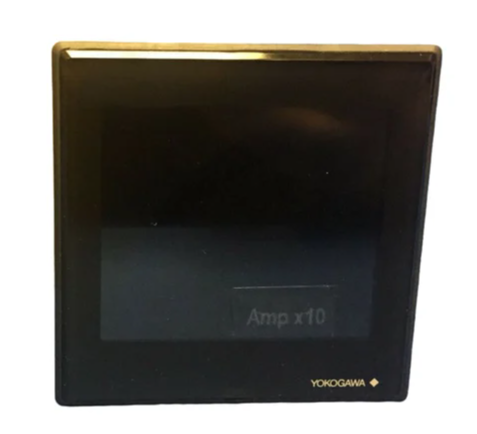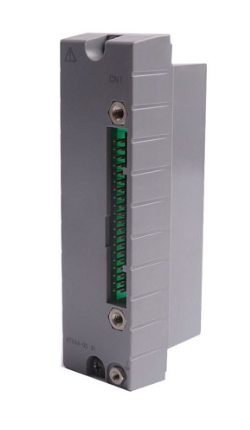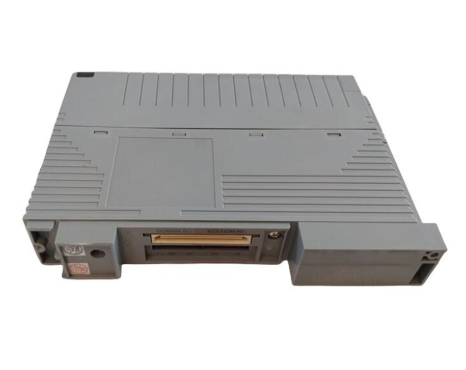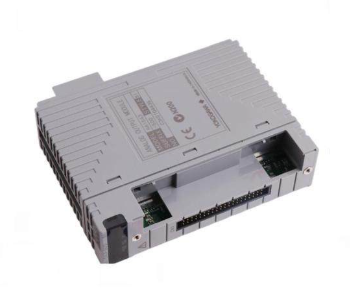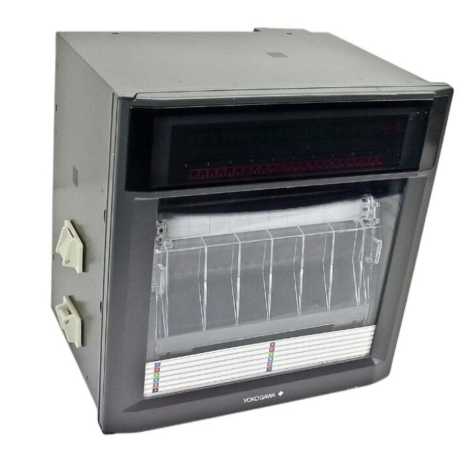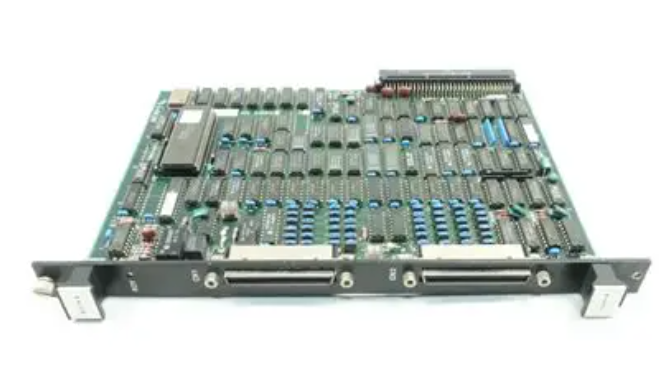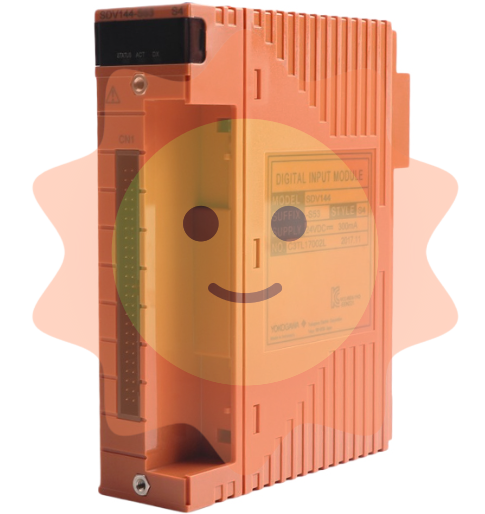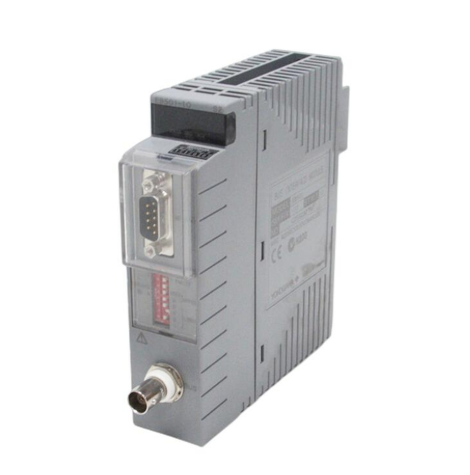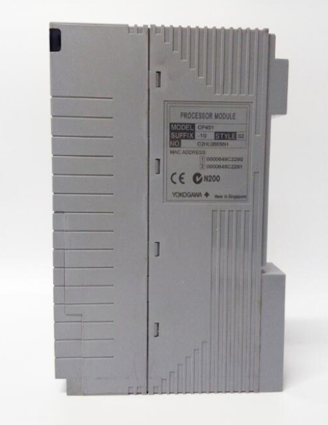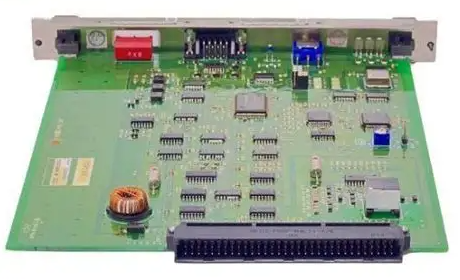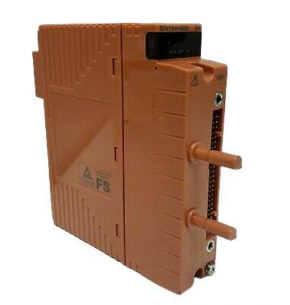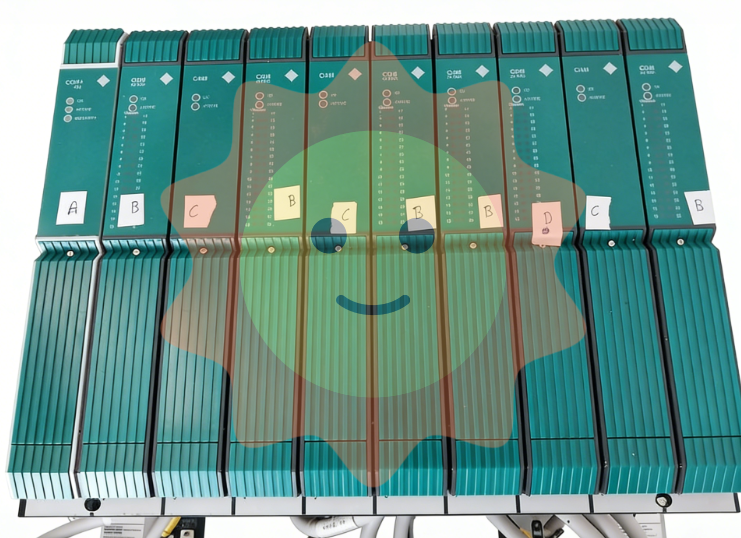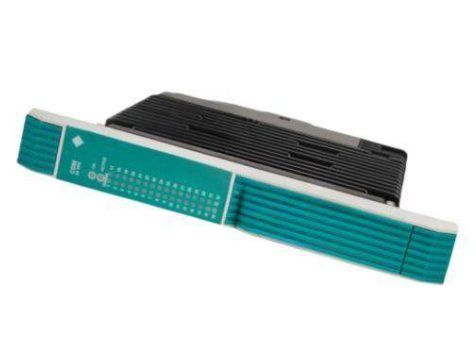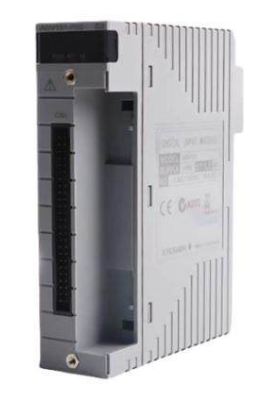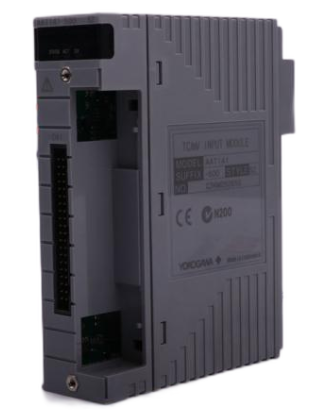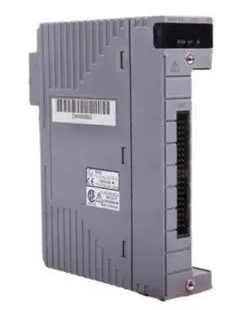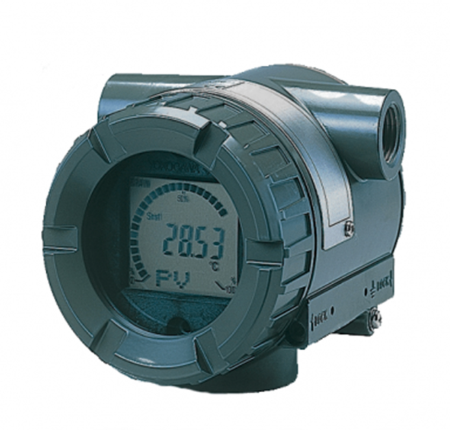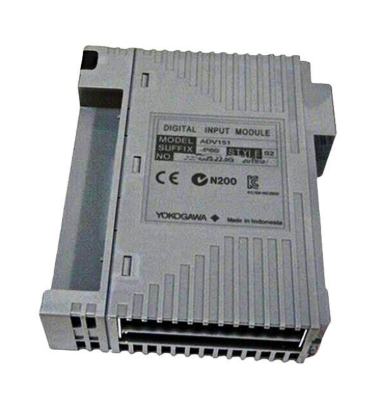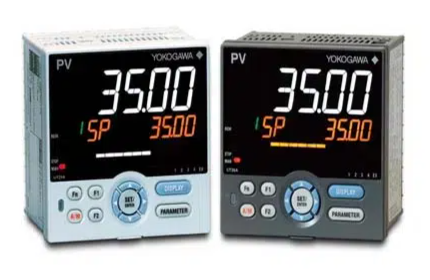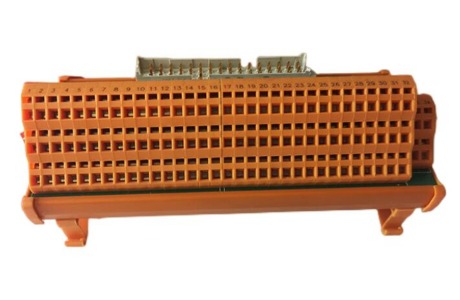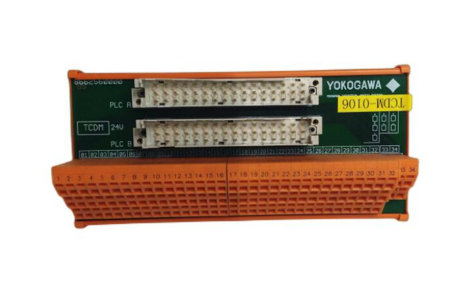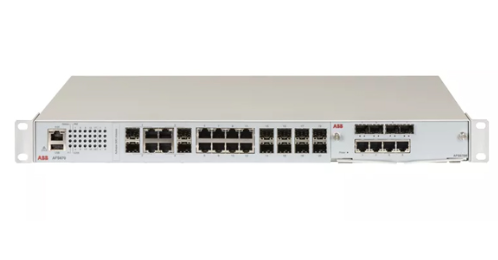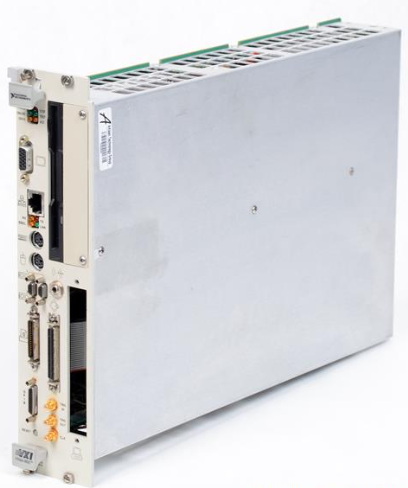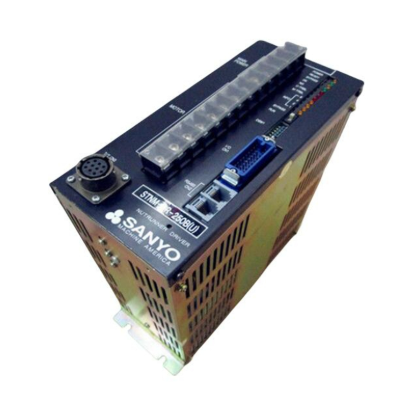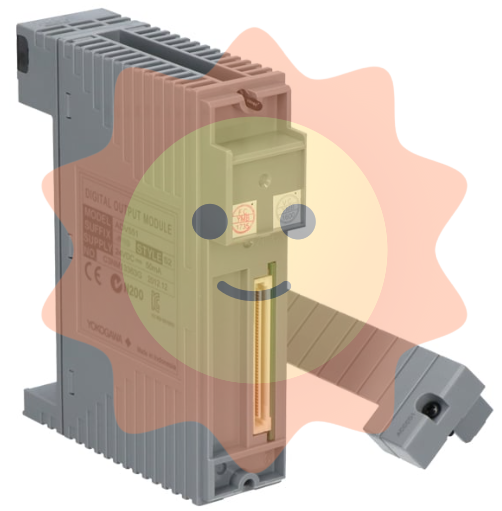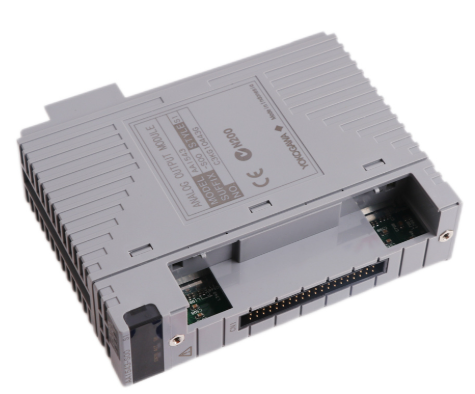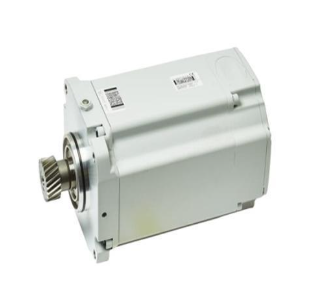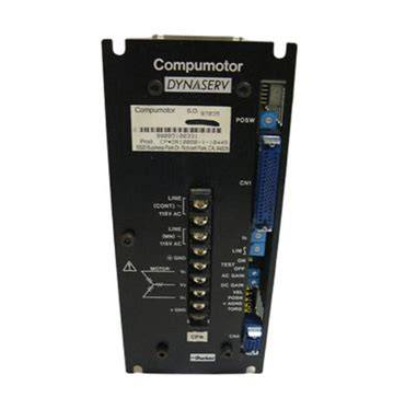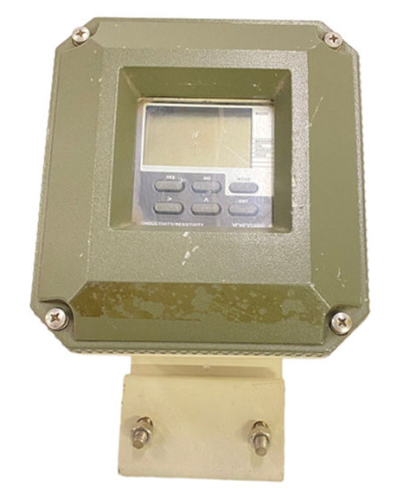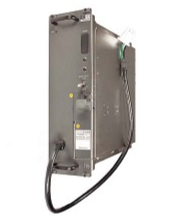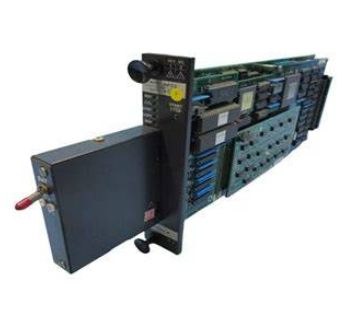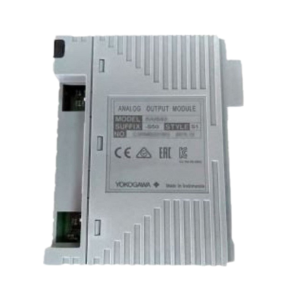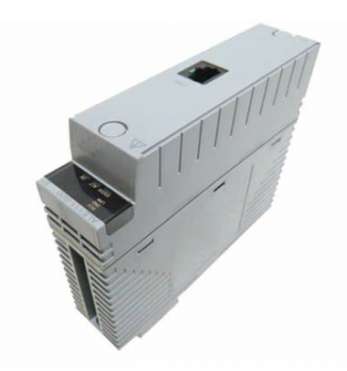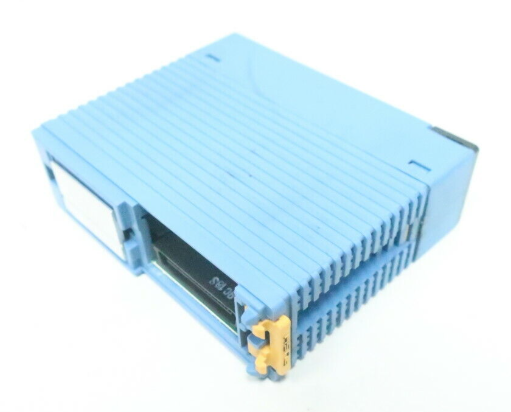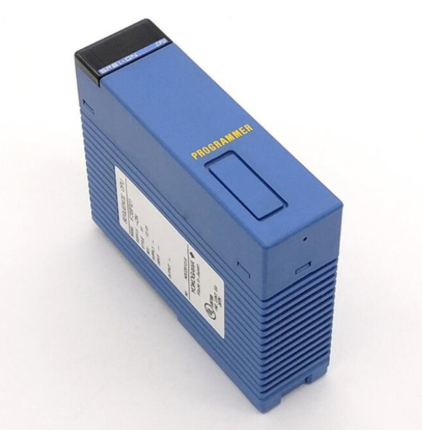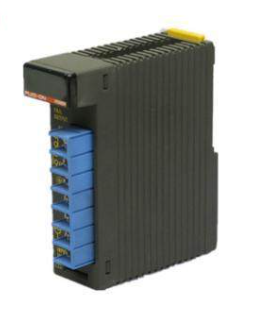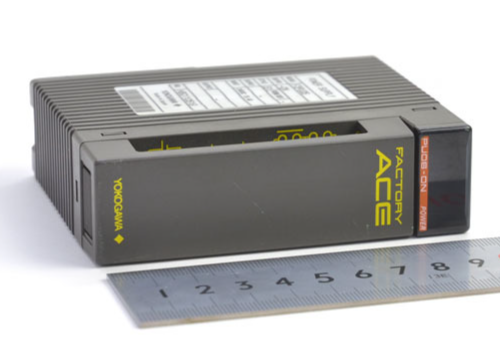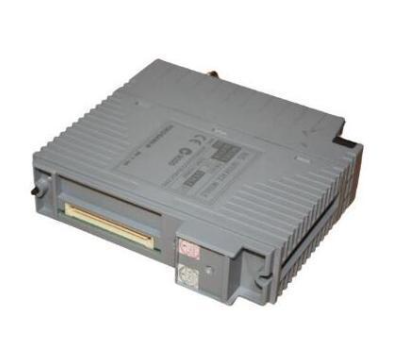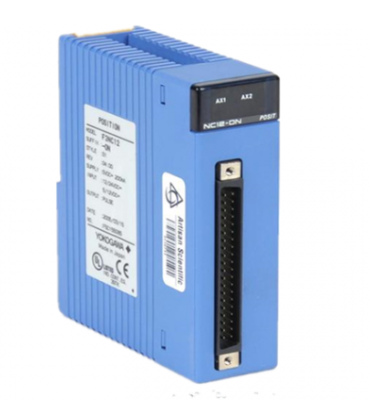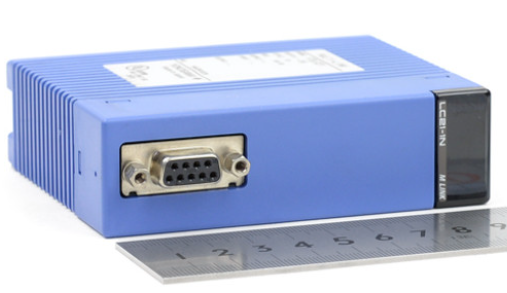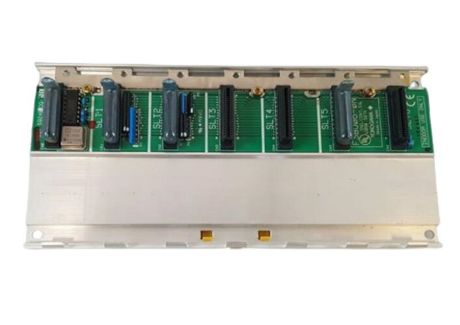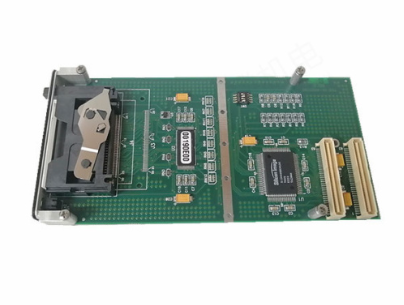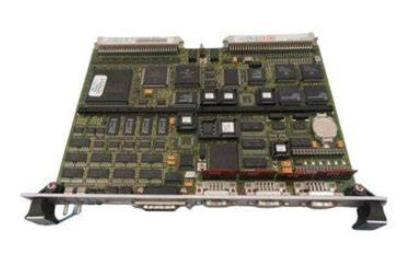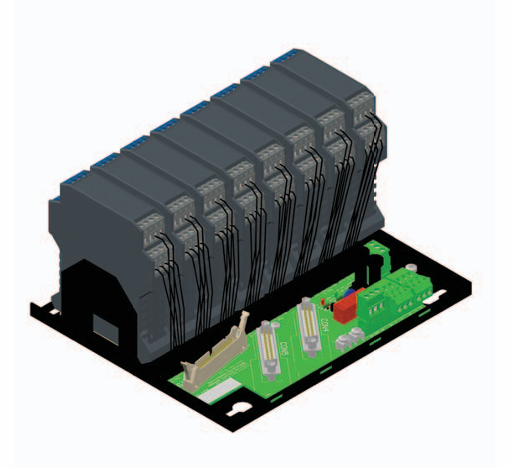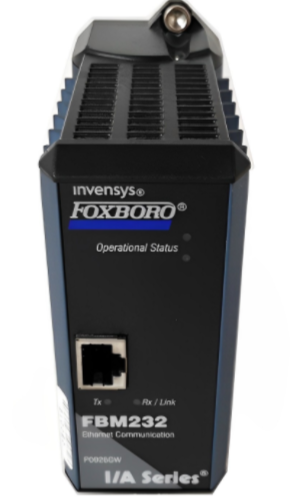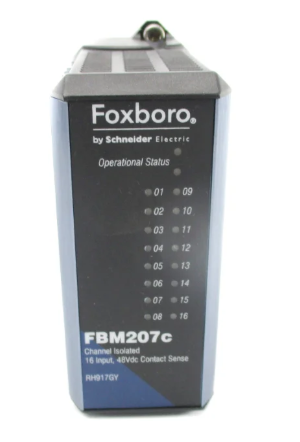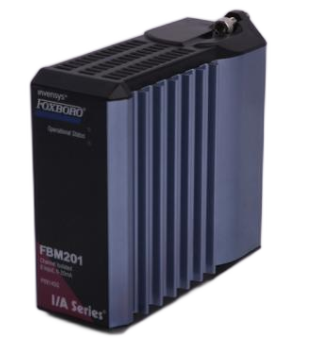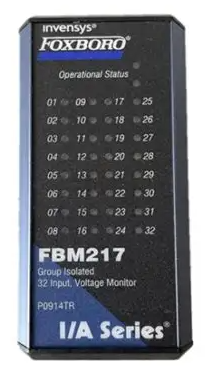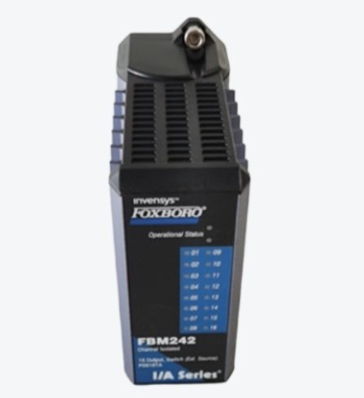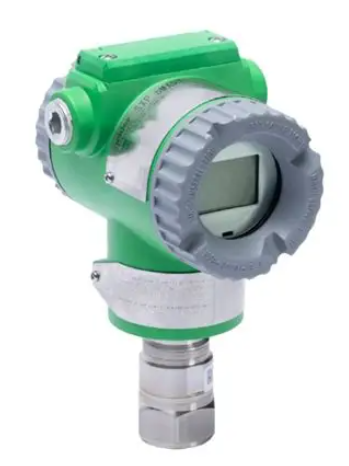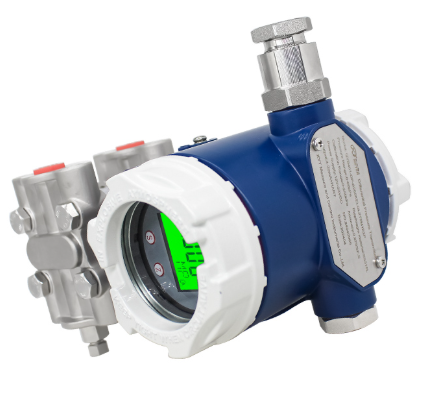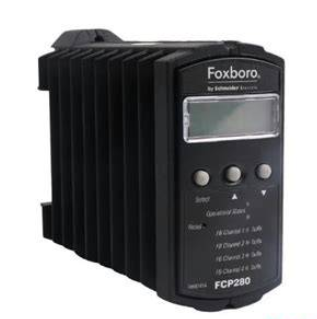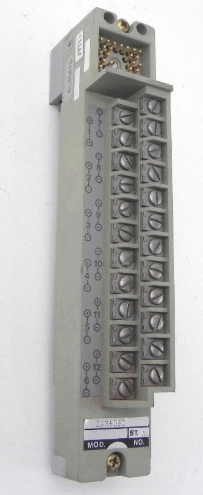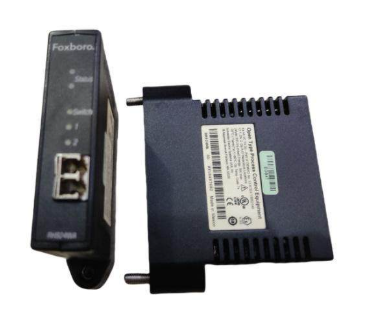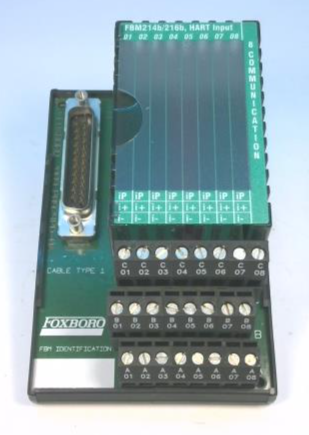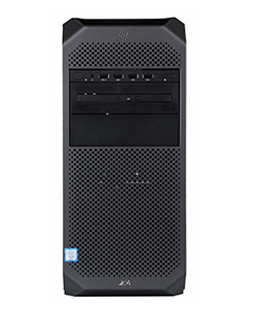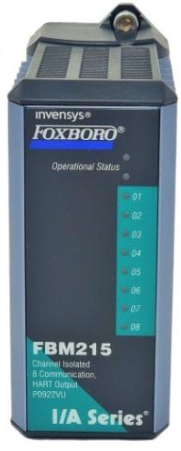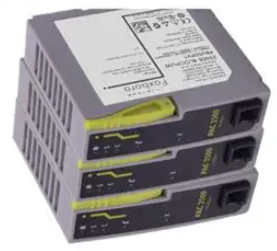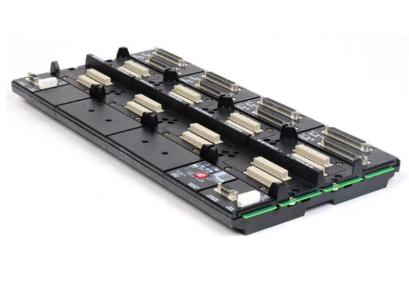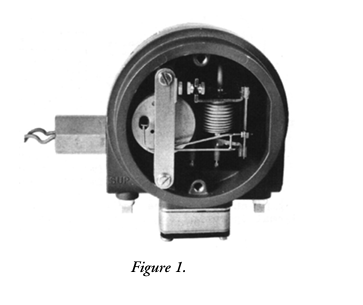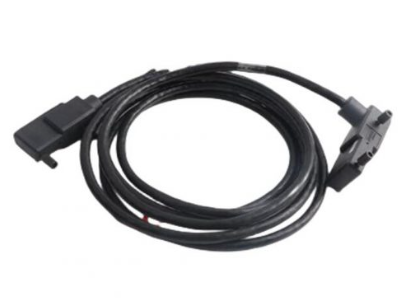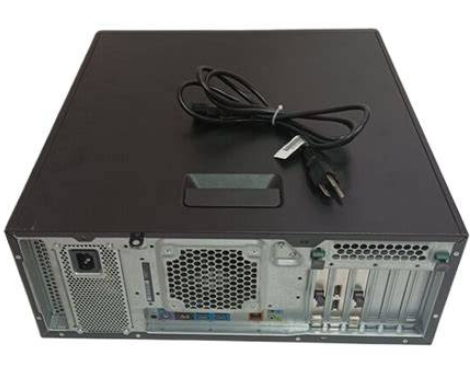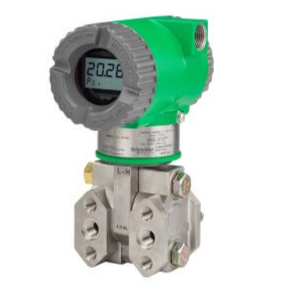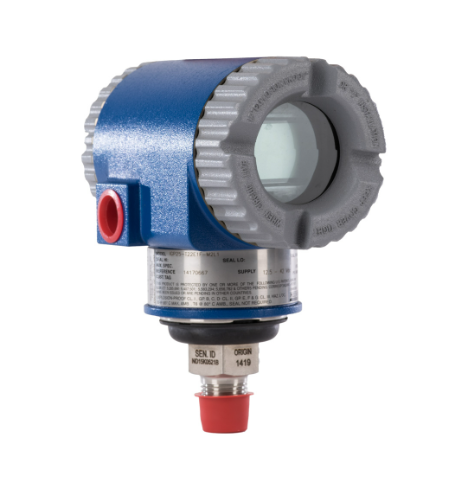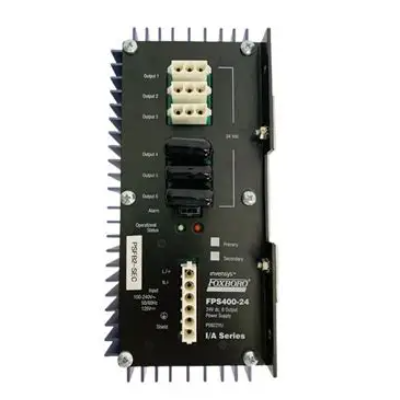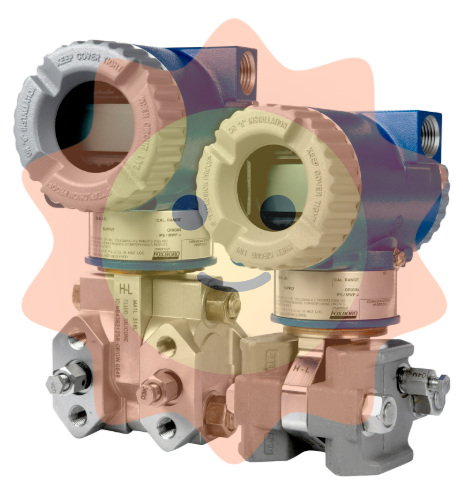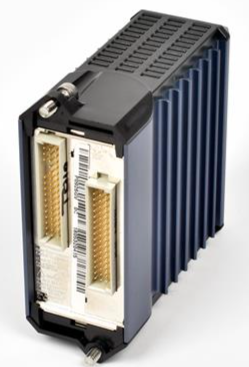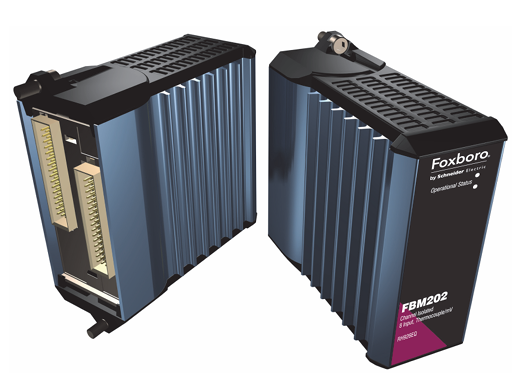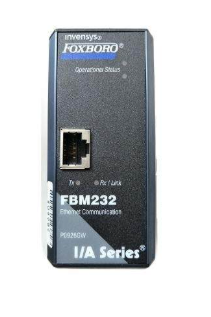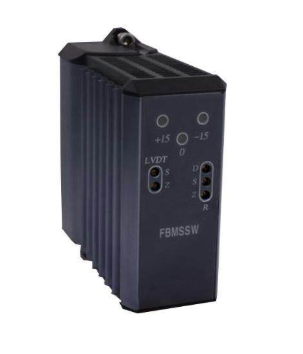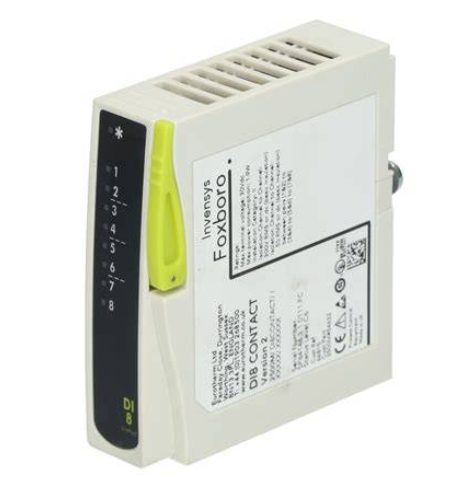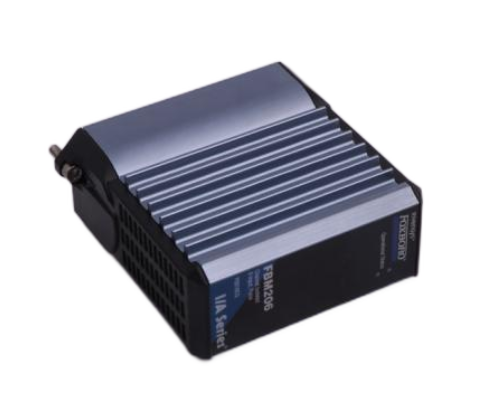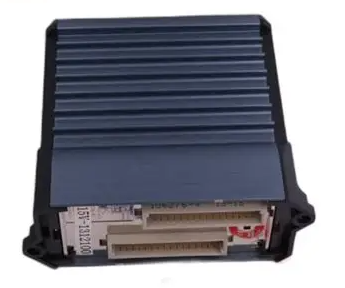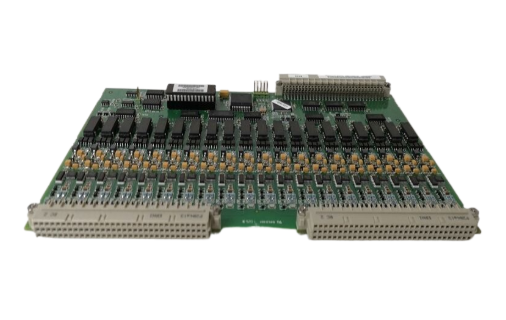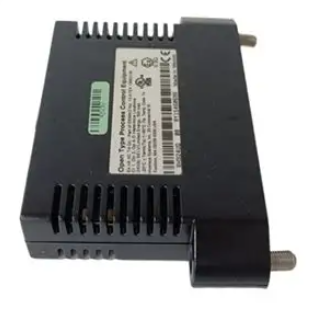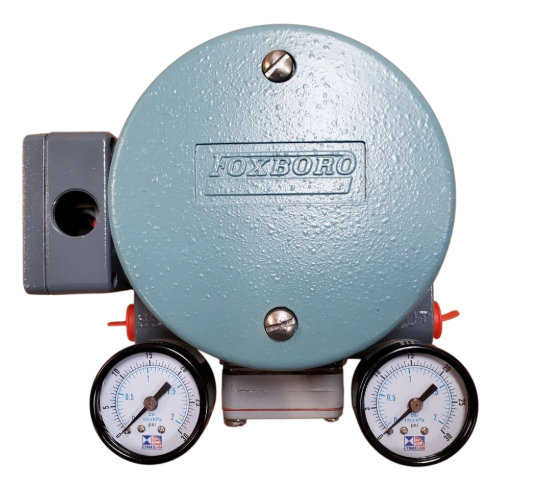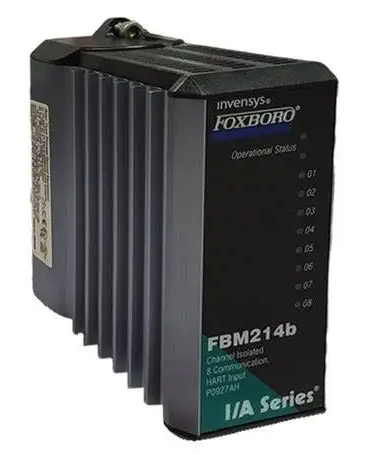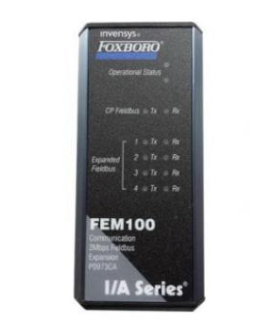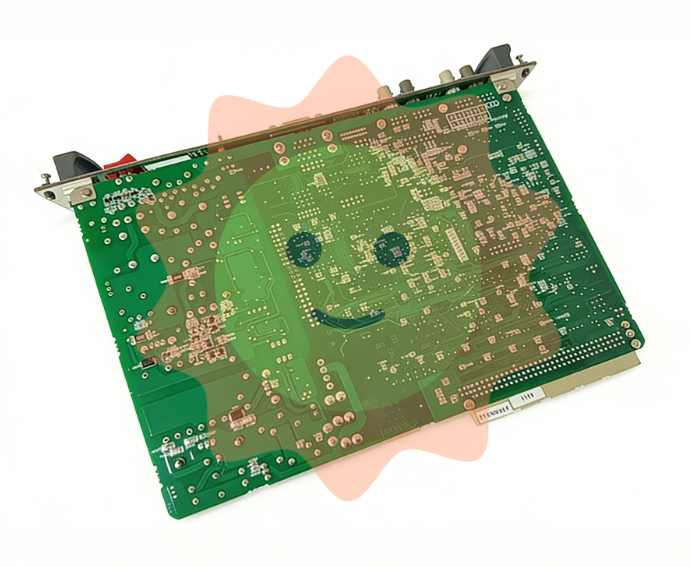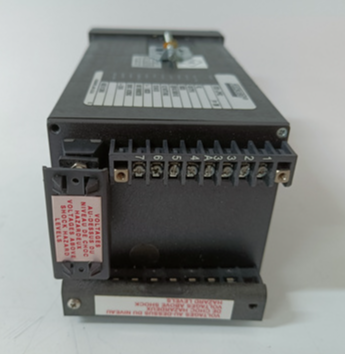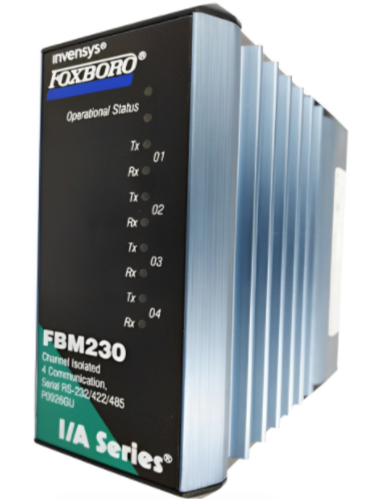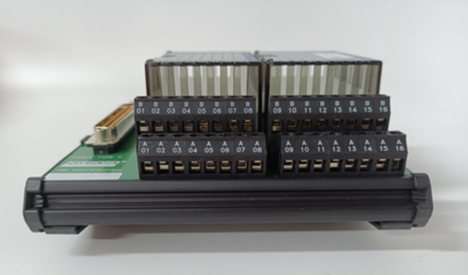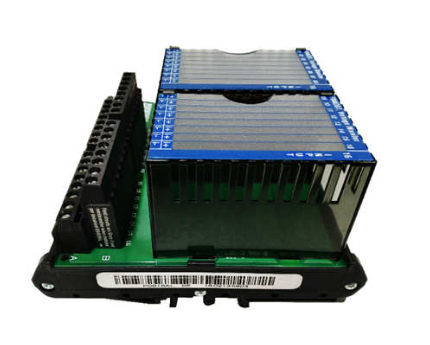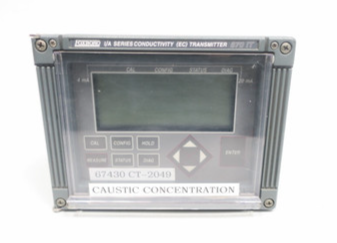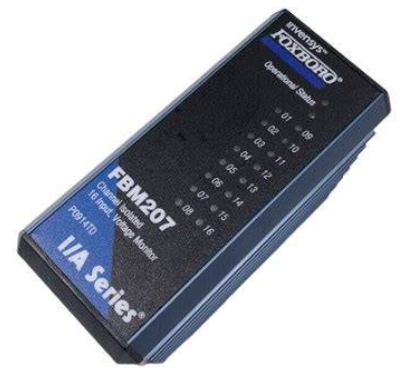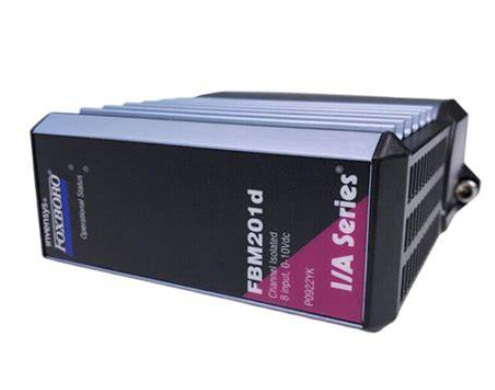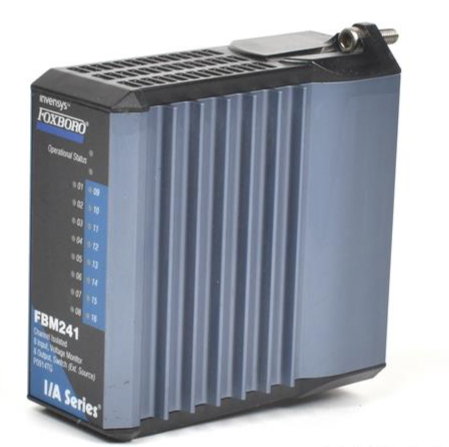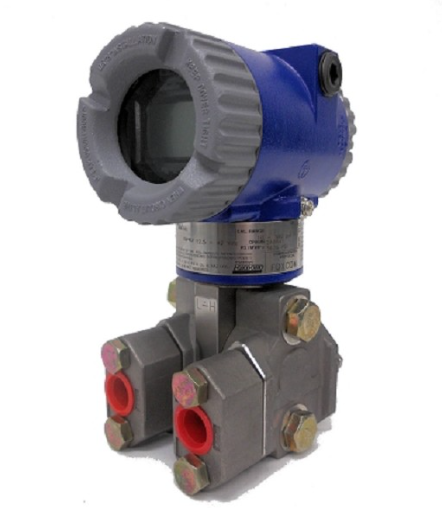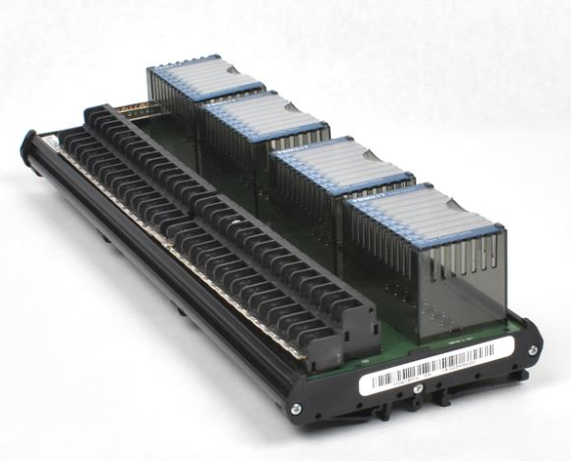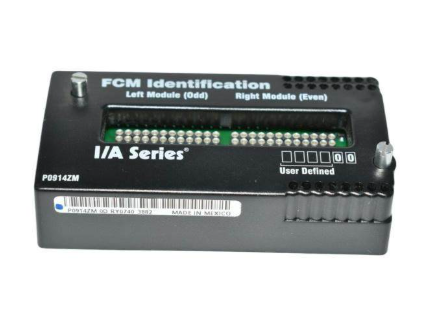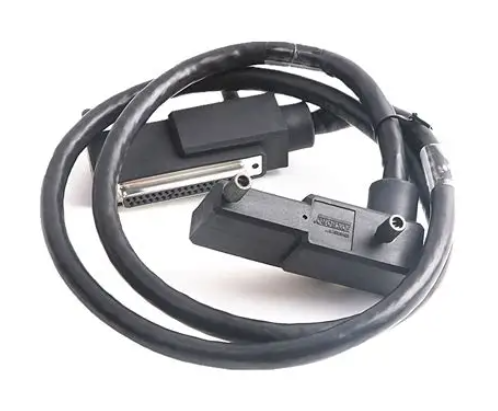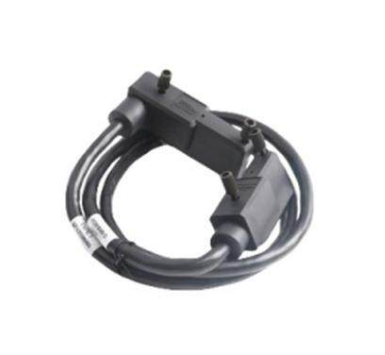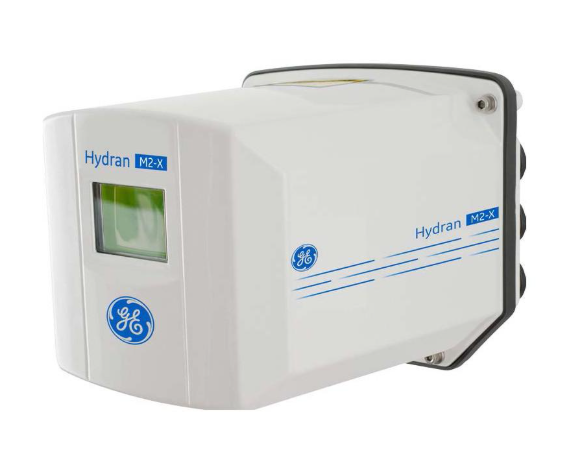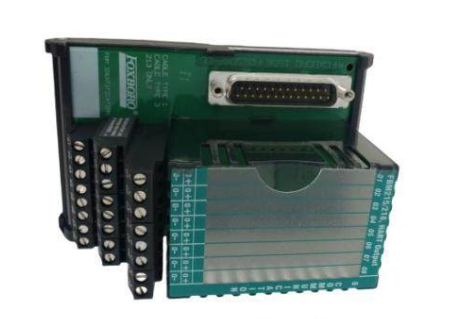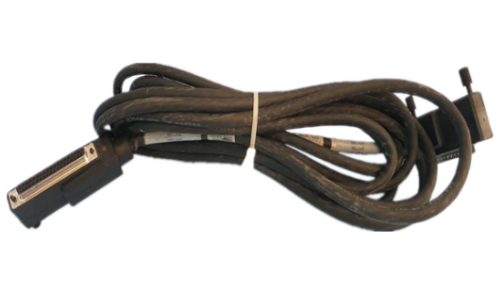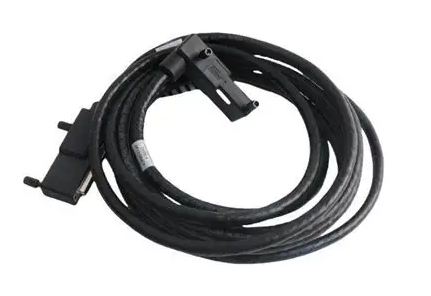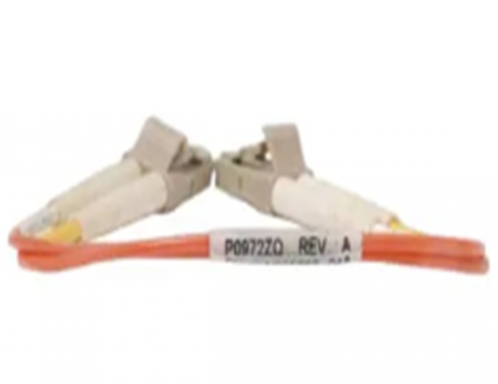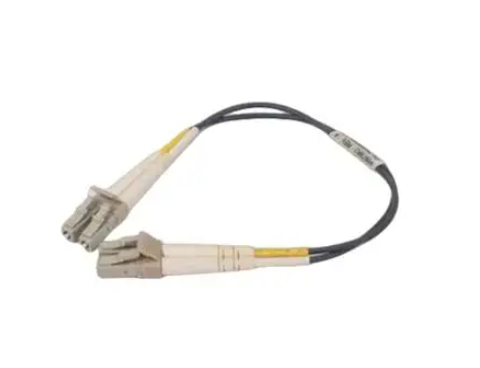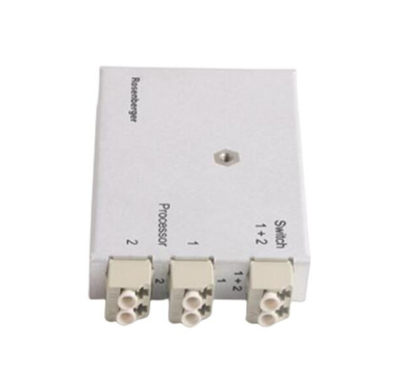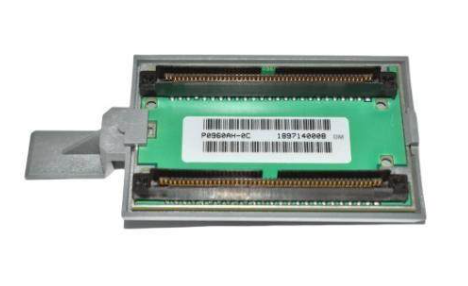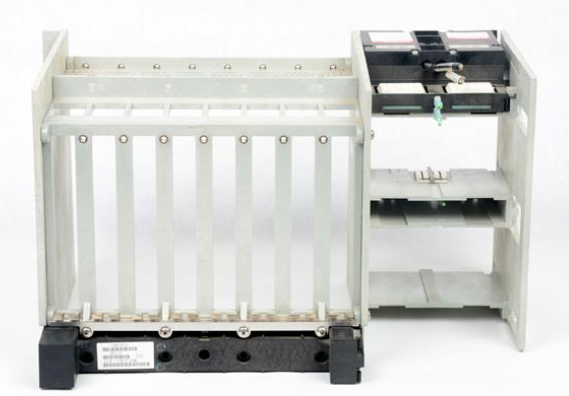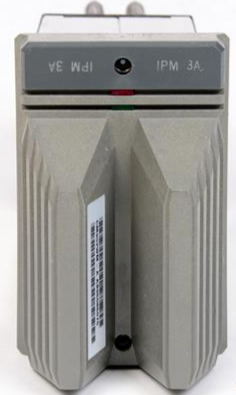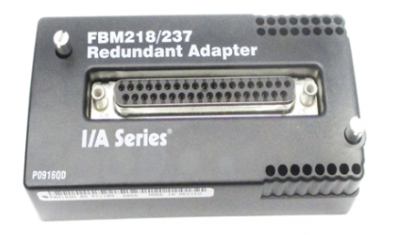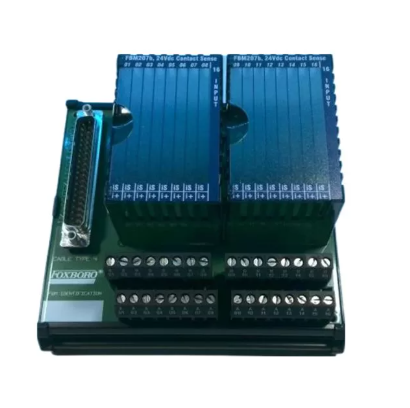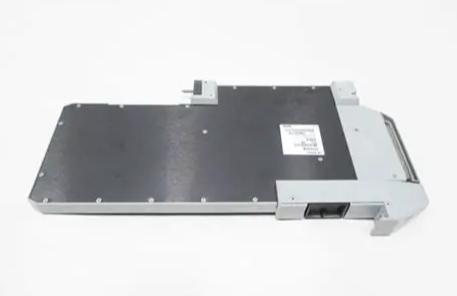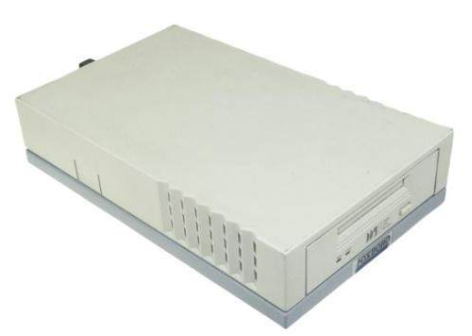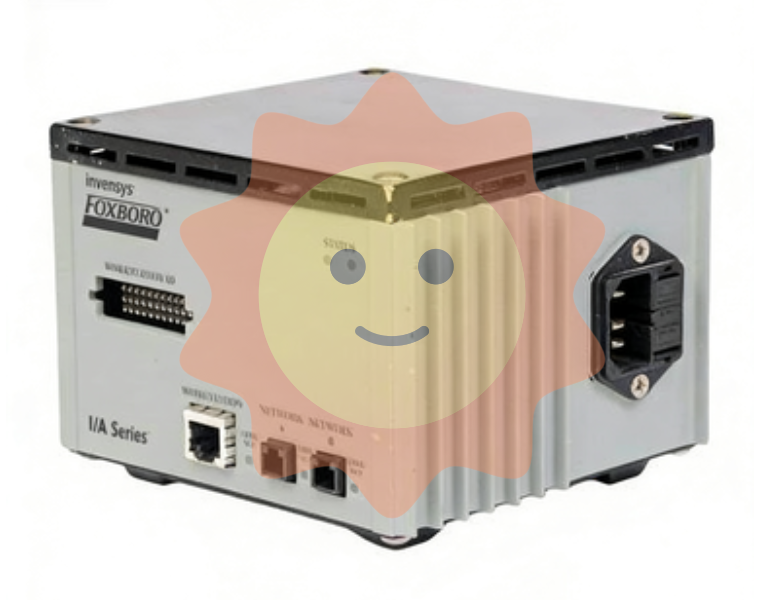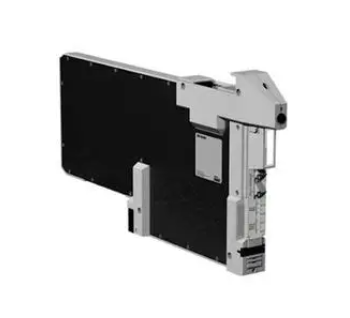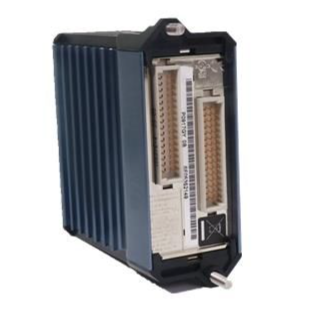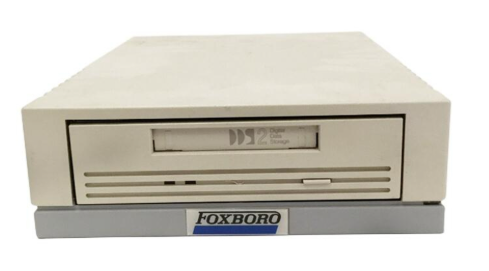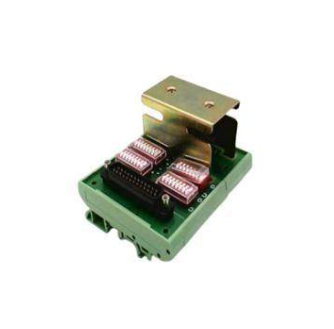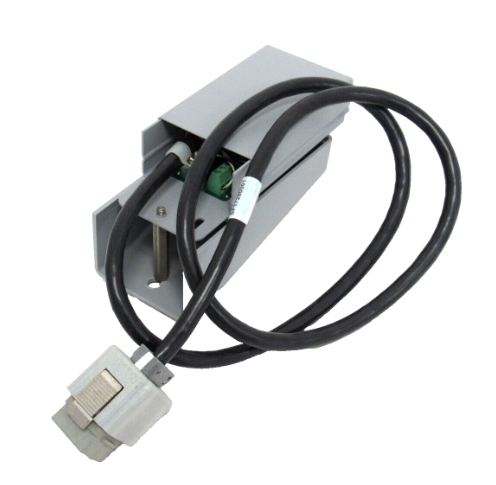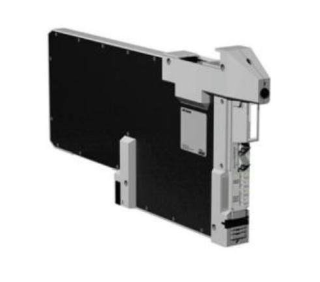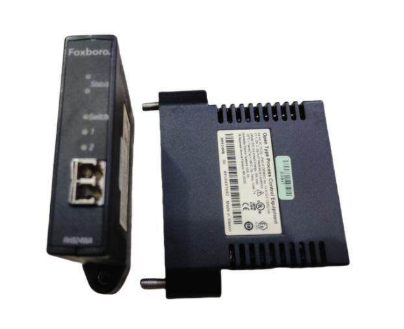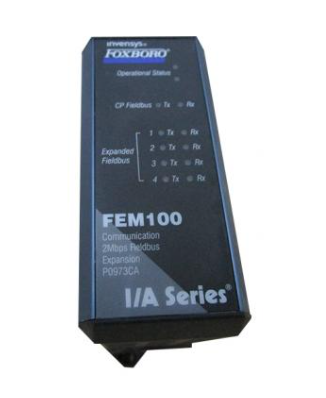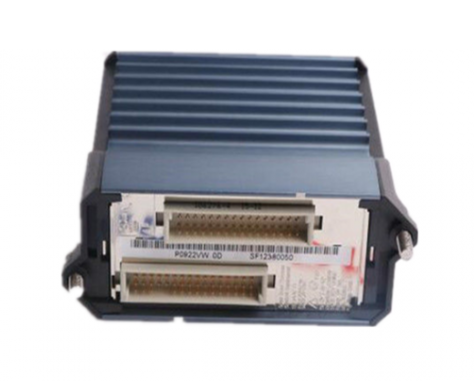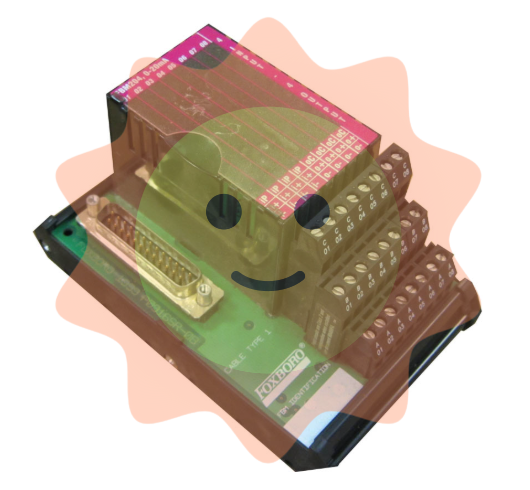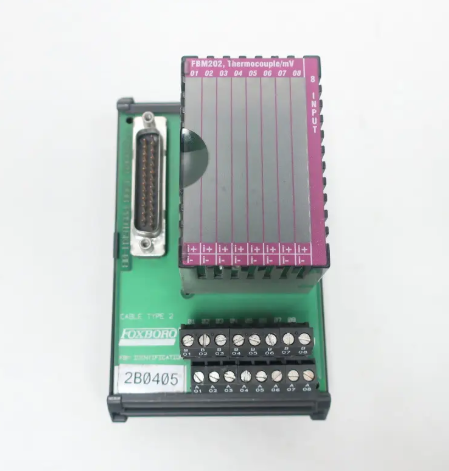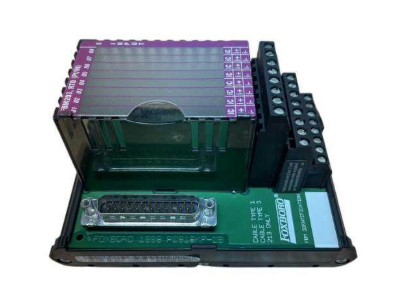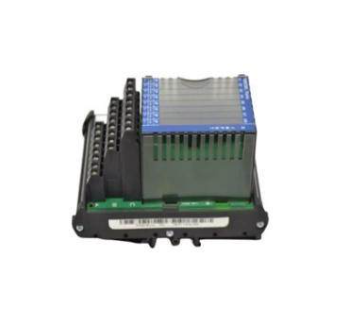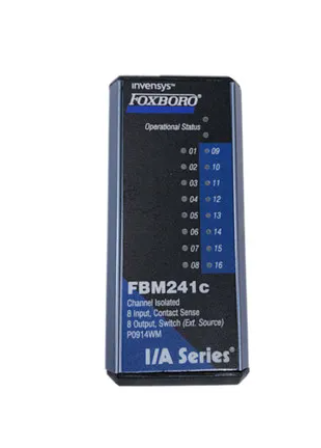ABB UAD206A101 Programmable Logic Controller
ABB UAD206A101 Programmable Logic Controller
Product overview
ABB UAD206A101 is a programmable logic controller (PLC) specifically designed for industrial environments. In the industrial automation system, PLC plays a core control role, and UAD206A101, with its excellent performance, has become a key equipment for achieving efficient and precise control in many industrial scenarios. It is essentially an electronic system that performs numerical operations and can precisely control various complex industrial processes based on preset programs.
Core functional characteristics
Powerful logical operations and sequence control: Equipped with programmable memory internally, it can store instructions for executing logical operations and sequence control. On industrial production lines, it can accurately coordinate the start and stop sequence of various equipment. For example, on automotive parts assembly production lines, according to preset processes, it controls the robotic arm to grasp and assemble parts in sequence, ensuring orderly production and greatly improving production efficiency and product quality.
Flexible timing and counting functions: with precise timing and counting capabilities. In the process of chemical reactions, precise time can be set to control the reaction duration and ensure that the chemical reaction proceeds fully and stably; In the product packaging process, the counting function is used to count the number of packages, achieving automated packaging counting and quality control.
Integration of Analog and Digital Signal Processing: Supports digital or analog input/output, seamlessly connecting various sensors and actuators. In a smart factory, it can collect real-time analog sensor data such as temperature, pressure, flow rate, as well as digital signals such as equipment operation status and switch on/off. After internal processing, it outputs corresponding control signals to achieve comprehensive monitoring and precise control of the production process.
Highly reliable patented fault-tolerant mechanism: adopting patented fault-tolerant operation technology, by configuring two control modules to work together, the system reliability is greatly improved. When one control module fails, another can seamlessly take over the work immediately, ensuring uninterrupted industrial production processes. This is crucial for industries such as petrochemicals and power that require high continuity of production, effectively avoiding huge economic losses caused by equipment failures.
Accurate time synchronization function: supports external time synchronization using optional GPS satellite signals, ensuring time consistency between the system in different regions and devices. In large-scale industrial automation networks, various devices interact and collaborate based on precise and unified time, greatly improving the stability and coordination of system operation. For example, in distributed energy management systems, various power generation, transmission, and consumption equipment can efficiently cooperate based on precise synchronization time.
Convenient online image update: Provides fault-tolerant online image update function (for FCP270), allowing system program updates to be completed without shutting down the industrial production process. This means that without stopping production, system functions can be upgraded and vulnerabilities can be fixed in a timely manner, reducing production losses caused by downtime maintenance and meeting the modern industrial demand for efficient and sustainable production.
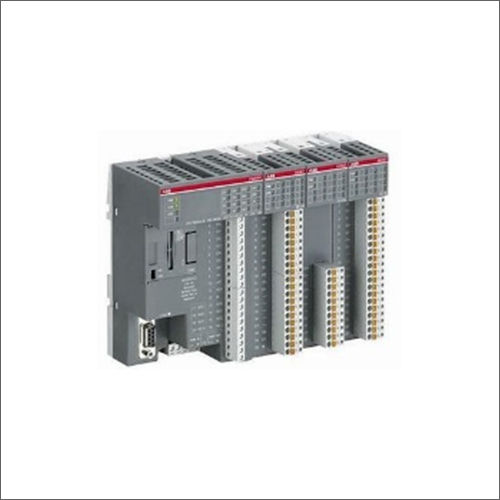
Technical specifications and parameters
Electrical parameters
Rated working voltage: Suitable for common industrial power supply standards, such as 24VDC, to ensure stable operation in complex industrial power grid environments.
Working current range: Depending on the actual load, it can stably carry the corresponding working current, ensuring the normal operation of the equipment under various working conditions.
Isolation voltage: With a high isolation voltage, such as 2500Vrms, it effectively isolates electrical interference between different circuits, prevents equipment from being affected by electrical fluctuations, and ensures system safety and reliability.
Application area
Manufacturing industry: In the field of electronic manufacturing, equipment control is used for automated production lines, such as mobile phone assembly production lines, to accurately control the movements of equipment such as surface mount machines and welding robots, achieving efficient and high-quality production of electronic products; In the mechanical processing industry, the operation of machine tools can be controlled, and parameters such as tool motion trajectory and cutting speed can be accurately controlled according to processing technology requirements to ensure the machining accuracy of mechanical components.
Energy industry: In oil and gas extraction, monitoring and controlling various extraction equipment and transmission pipelines, real-time monitoring of pressure, flow rate and other parameters, to ensure the safety of oil and gas production and transportation; In the power system, it is used for substation automation control, grid scheduling, etc., to achieve remote monitoring and intelligent control of power equipment, and to improve the stability and reliability of power supply.
- EMERSON
- Honeywell
- CTI
- Rolls-Royce
- General Electric
- Woodward
- Yaskawa
- xYCOM
- Motorola
- Siemens
- Rockwell
- ABB
- B&R
- HIMA
- Construction site
- electricity
- Automobile market
- PLC
- DCS
- Motor drivers
- VSD
- Implications
- cement
- CO2
- CEM
- methane
- Artificial intelligence
- Titanic
- Solar energy
- Hydrogen fuel cell
- Hydrogen and fuel cells
- Hydrogen and oxygen fuel cells
- tyre
- Chemical fiber
- dynamo
- corpuscle
- Pulp and paper
- printing
- fossil
- FANUC
- Food and beverage
- Life science
- Sewage treatment
- Personal care
- electricity
- boats
- infrastructure
- Automobile industry
- metallurgy
- Nuclear power generation
- Geothermal power generation
- Water and wastewater
- Infrastructure construction
- Mine hazard
- steel
- papermaking
- Natural gas industry
- Infrastructure construction
- Power and energy
- Rubber and plastic
- Renewable energy
- pharmacy
- mining
- Plastic industry
- Schneider
- Kongsberg
- NI
- Wind energy
- International petroleum
- International new energy network
- gas
- WATLOW
- ProSoft
- SEW
- wind
- ADVANCED
- Reliance
- YOKOGAWA
- TRICONEX
- FOXBORO
- METSO
- MAN
- Advantest
- ADVANCED
- ALSTOM
- Control Wave
- AB
- AMAT
- STUDER
- KONGSBERG
- MOTOROLA
- DANAHER MOTION
- Bently
- Galil
- EATON
- MOLEX
- Triconex
- DEIF
- B&W
- ZYGO
- Aerotech
- DANFOSS
- KOLLMORGEN
- Beijer
- Endress+Hauser
- MOOG
- KB
- Moxa
- Rexroth
- YAMAHA
- Johnson
- Westinghouse
- WAGO
- TOSHIBA
- TEKTRONIX
- BENDER
- BMCM
- SMC


Email:wang@kongjiangauto.com

